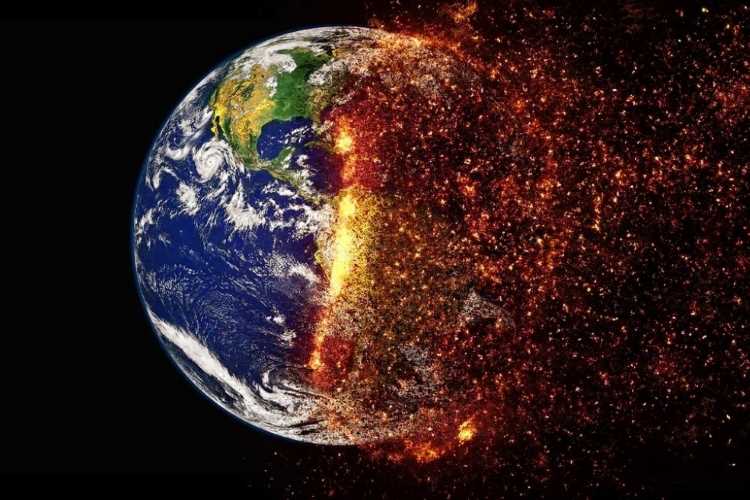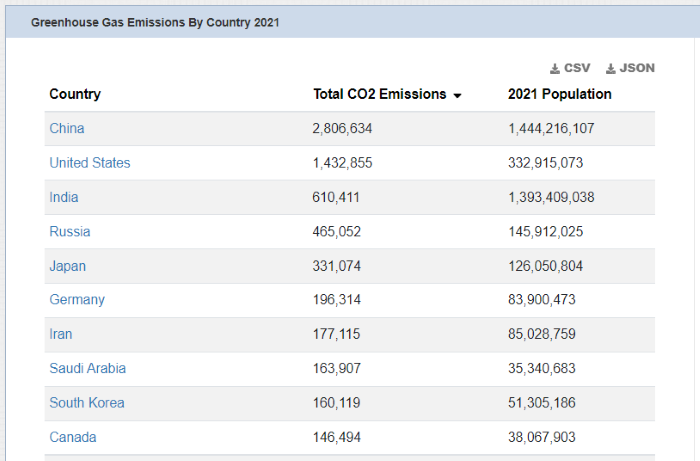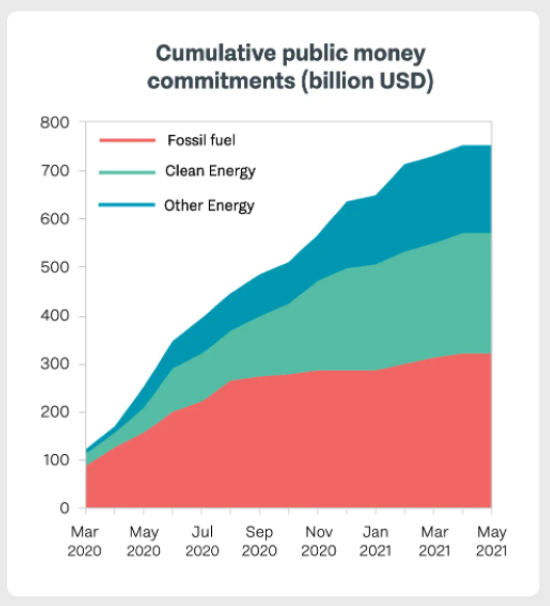
More than 100 world leaders will assemble in Scottish industrial city Glasgow between October 31 and November 12 for COP26 summit to renew their commitments under the Paris Climate Agreement of 2015. The Paris pact is a rare international event that saw almost all nations — 195 of them — agree to address the climate change threat. But the years after the iconic pact did not see their words translate into action. Greenhouse gas emissions continue to rise. COP26 is the most important conclave of world nations to address climate change since 2015.
The Paris Agreement replaced its initial goal of limiting global warming to below 2 degrees Celsius above the pre-industrial levels with a more ambitious 1.5°C. The only way the world can meet this target is through a rapid cut in the use of fossil fuels. COP26 will see many of the Paris pact signatories setting more ambitious targets for themselves. The conclave will test the commitment of the countries as they eye conflicting goals of economic recovery from Covid-19 and the fight against climate change. Environmental activists are sceptical about the conference as the countries have already failed to meet some of their earlier commitments.
The Glasgow summit will see a galaxy of leaders including Prime Minister Narendra Modi, US President Joe Biden, French President Emmanuel Macron and Australian Prime Minister Scott Morrison attending some of the sessions. Notable absentees will be Chinese President Xi Jinping and Russian President Vladimir Putin.
The organisers of COP26 summit expect to get the leaders to do more to avert the climate threat. The initial commitments under the Nationally Determined Contributions are obviously inadequate. In the runup to COP26, some nations are rolling out more ambitious commitments for the next 10 years. Some of the largest emitters of greenhouse gases such as China, the US, and United Kingdom have proposed tougher targets. While India is yet to submit a new target, some others like Brazil, Australia and Russia did not commit to a meaningful cut in emission.
READ I COP26 Summit at Glasgow: Humanity races against time on climate change

India faces net-zero pressure
There will be huge pressure on India to commit a net zero deadline. This will need the country to even out its emissions by absorbing a similar quantity of greenhouse gases. Committing to a net zero target by 2050 will force India shut down its coal plants which will make it difficult to offer basic amenities to its population. The question is whether the country could afford to commit to emission cuts without compromising its development ambitions, key to pulling out millions of its citizens out of poverty.
Environment Minister Bhupender Yadav has given an indication of India’s stand at COP26. He said the country will emphasise climate justice and seek transfer of funds and technology to deal with the impact of climate change. India, along with some other developing nations, has already expressed its opposition to net-zero which, it says, is against climate justice, an underlying principle of the Paris Agreement.
The developing countries say that the per capita energy consumption in developed nations is far higher compared to their own. For example, India’s per capita emissions of CO2 is just a 10th of the same for the US. There are huge differences in the scale of emissions among developing nations opposed to net-zero. China’s per capita emissions are more than four times India’s. So, India is fully justified in seeking more carbon space.
India is well on course to meet its international commitments to reduce greenhouse gas emissions. There has been a conscious effort from the government that saw the country achieving clean energy installations of 38.5% of the total energy capacity, just a step away from its target of 40%. It has already cut greenhouse gas emissions by a fourth compared with the 2005 levels. It managed to reduce the fossil fuel intensity of its energy consumption to 60.2%, with at least a quarter of its power output coming from solar, wind and other renewable sources.
The policies followed by the government have led to a huge increase in investments into clean energy sector. India is the third most popular destination for renewable energy investment, according to the Renewable Energy Country Attractiveness Index (RECAI) rankings, released by EY.
READ I Revisit industrial policy to transform Indian economy
India cannot ignore climate change burden
While its per capita energy consumption is low compared with developed nations and some developing nations, India is the third largest emitter of greenhouse gases after China and the United States. China has indicated that it will commit 2060 as a potential deadline to achieve net-zero, while the US may accept 2050 as deadline.
Climate change presents an imminent threat to humanity and the country cannot shrug off its responsibility in the fight against climate change. A recent UNEP report lists India among the countries that are investing heavily in fossil fuels in contravention to its global commitments. This is despite its plan to achieve an installed renewable energy capacity of 450 GW by 2030-end.

The coal shortage faced by its thermal power plants should be an eye opener for India’s policy makers. Greenification of energy seems to be the only viable option to fight uncertainties in the supply of energy sources such as coal and natural gas. India is home to a sixth of the world population and its efforts to achieve climate goals can offer lessons to the developing countries struggling in this area. India could emerge as a leader of developing nations at COP26 by offering to share its experience in renewable energy sector.
Apart from fighting for its right to achieve economic growth and eyeing relaxed deadlines for reducing its carbon emissions, it could put pressure on developed nations to shoulder a fair share of the responsibility to reduce greenhouse emissions. It should ask the rich countries to meet their commitment to provide more funds to finance climate action by the developing countries. Though the developed countries have agreed to share technologies that could help the developing world reduce emissions, this has not translated into tangible results.
The areas where it can seek finance and technology include the One Sun, One World, One Grid plan (Osowog) developed by the International Solar Alliance (ISA) that looks to develop a transnational solar grid for seamless transmission of solar energy beyond national borders. This initiative has potential to bring in a paradigm shift in climate action. India could use COP26 to drum up support for setting up a World Solar Bank.
Another area where India can seek finance and technology is for the storage mechanism to absorb the increase in solar and wind energy output without leading to grid collapses. The government is working on an energy storage policy to provide regulatory and financial guidelines to future projects. The country has already commissioned a battery storage system in Gujarat. This can be one of the highlights of India’s presentation at COP26.
The summit assumes added significance in the face of the Covid-19 pandemic, the most severe health emergency since the Spanish flu of 1918. The world is also witnessing increasing frequency of extreme climate events such as droughts, floods, hurricanes, heat waves, and wildfires, forcing countries to take the threat of climate change may seriously.
Anil Nair is Founder and Editor, Policy Circle.

